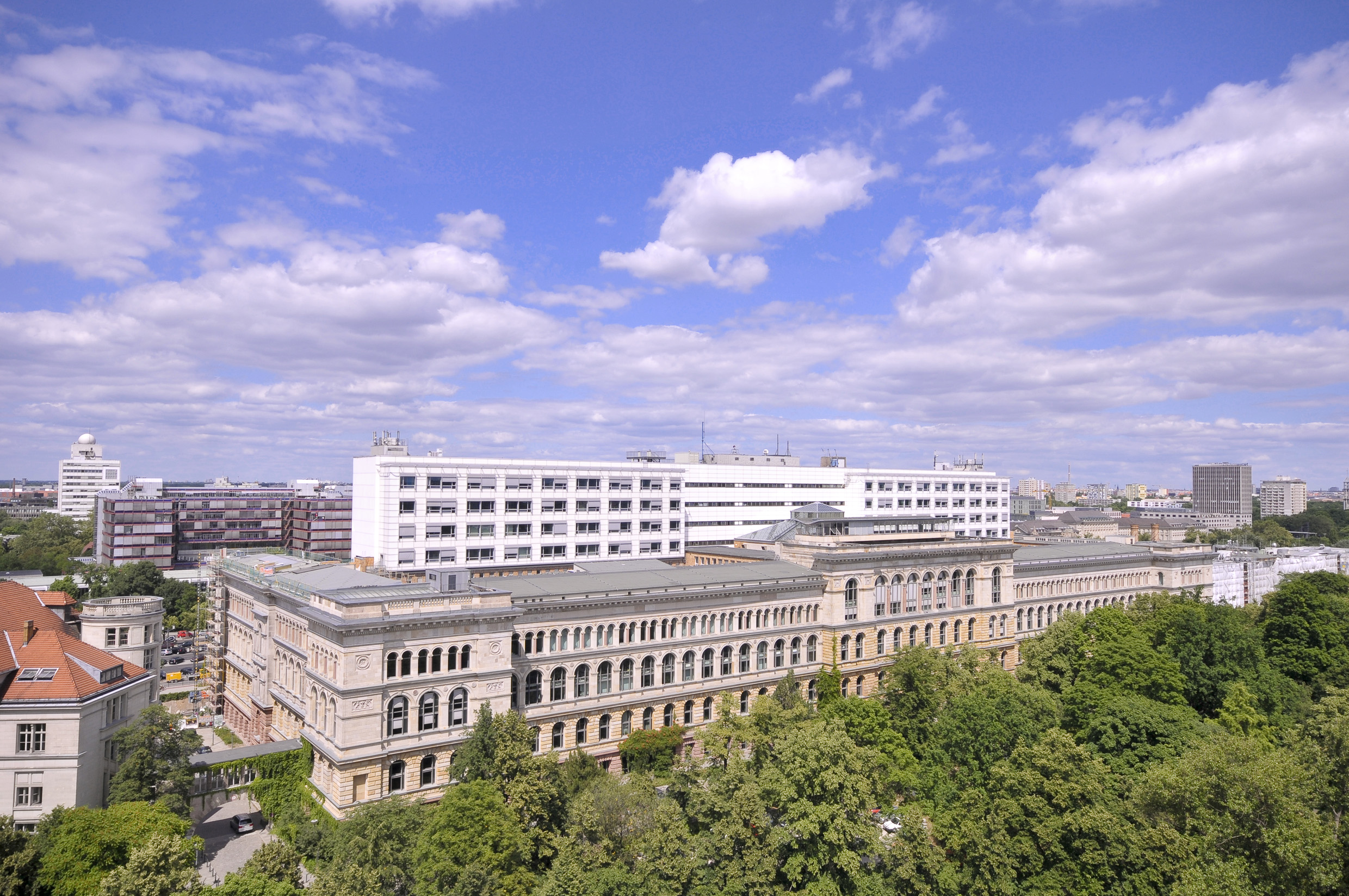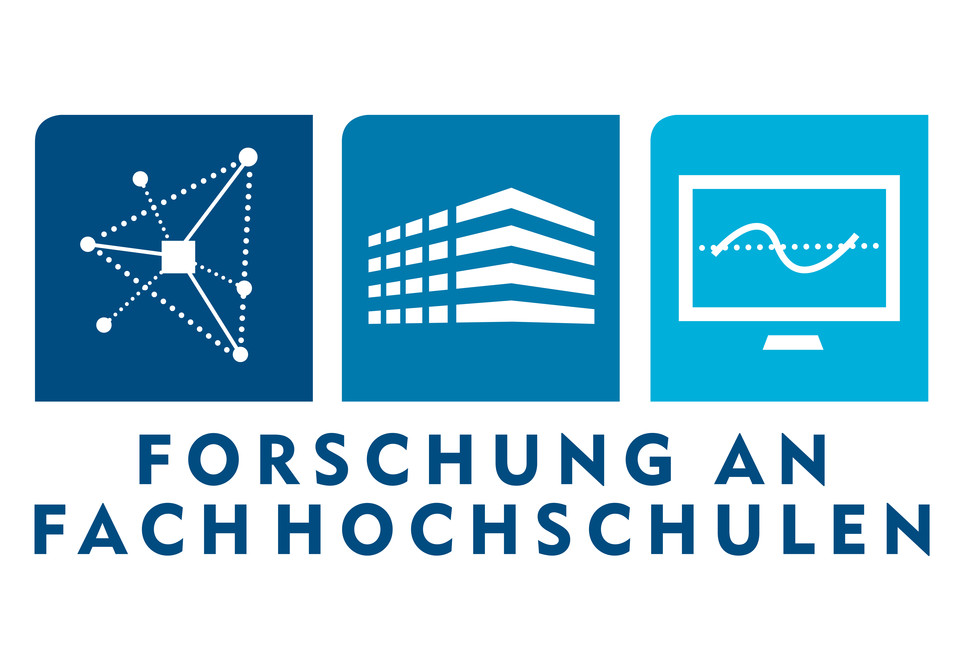

Article of 09.08.2015
Textile simulation with FEM
The simulation of textiles is very complex, because many different influence factors and properties of the material, which effect the movement behavior, must be considered. This includes the tensile and yield strength, bending strength and shear strength, the weave of the textile and other factors. To determine the textile materials` parameters numerous tests were carried out in the course of the cooperation project. Wet textiles were considered, as they are closer to the washing process as dry textiles.
LS Dyna, an explicit finite element software that suits for extremely nonlinear difficulties, performed the simulation. It disposes of an extensive material library, from which suitable materials are chosen and customized for the simulated textiles. Here, the results of the previous step, the measure of the materials' properties are used. In order to validate the complete material model and if necessary to adapt things, some textile testing like the tensile or bending stiffness test are simulated and compared with the real behavior. If both are the same, it can be started to fill the washing drum. Because it is not quite uncomplicated to fill big towels in a comparatively small drum a trick was used. The towels were directed to the drum with the help of a hopper. If the load was too big, the textiles had to be pressed into the drum by means of a stamp in the simulation, comparable with the real fill of a washing machine. Subsequently, the real washing process in the simulation can be started. Here, different speeds, reversing rhythms and loading were adjusted to investigate their influence on the washing mechanics. The water's influence was initially not regarded.
Before the variation of the influencing factors, another step of validation takes place. The movement behavior of the textiles in the simulation are compared with the movement of the glass washing machine, a model consisting of PMMA where the three-dimensional movement behavior can be optically recorded. The comparison is made based on the textile's position frequencies.
The advantage to view the movement behavior and the claim with the help of simulation is that different sizes can be selected which are hard or are not at all measurable, as the internal energy of particular textiles or the frictional energy between different materials. Consequently, conclusion can be drawn which would not be measurable in real tests. The most significant determination was that the smaller the textile's claim the bigger the load.
In the future, more influencing factors should be flowed in the simulation since the mechanics has big interactions with other participant phenomena. For this purpose, water is in the first place but also effects like the moisture penetration or adhesion as well as the influence of detergents. There are plans to use the numeric simulation method Smoothed Particle Hydrodynamics, in future, as FEM, given the complexity of the different phenomena, reaches its limits.
LS Dyna, an explicit finite element software that suits for extremely nonlinear difficulties, performed the simulation. It disposes of an extensive material library, from which suitable materials are chosen and customized for the simulated textiles. Here, the results of the previous step, the measure of the materials' properties are used. In order to validate the complete material model and if necessary to adapt things, some textile testing like the tensile or bending stiffness test are simulated and compared with the real behavior. If both are the same, it can be started to fill the washing drum. Because it is not quite uncomplicated to fill big towels in a comparatively small drum a trick was used. The towels were directed to the drum with the help of a hopper. If the load was too big, the textiles had to be pressed into the drum by means of a stamp in the simulation, comparable with the real fill of a washing machine. Subsequently, the real washing process in the simulation can be started. Here, different speeds, reversing rhythms and loading were adjusted to investigate their influence on the washing mechanics. The water's influence was initially not regarded.
Before the variation of the influencing factors, another step of validation takes place. The movement behavior of the textiles in the simulation are compared with the movement of the glass washing machine, a model consisting of PMMA where the three-dimensional movement behavior can be optically recorded. The comparison is made based on the textile's position frequencies.
The advantage to view the movement behavior and the claim with the help of simulation is that different sizes can be selected which are hard or are not at all measurable, as the internal energy of particular textiles or the frictional energy between different materials. Consequently, conclusion can be drawn which would not be measurable in real tests. The most significant determination was that the smaller the textile's claim the bigger the load.
In the future, more influencing factors should be flowed in the simulation since the mechanics has big interactions with other participant phenomena. For this purpose, water is in the first place but also effects like the moisture penetration or adhesion as well as the influence of detergents. There are plans to use the numeric simulation method Smoothed Particle Hydrodynamics, in future, as FEM, given the complexity of the different phenomena, reaches its limits.
© 2016 Beuth University for Technology in Berlin





